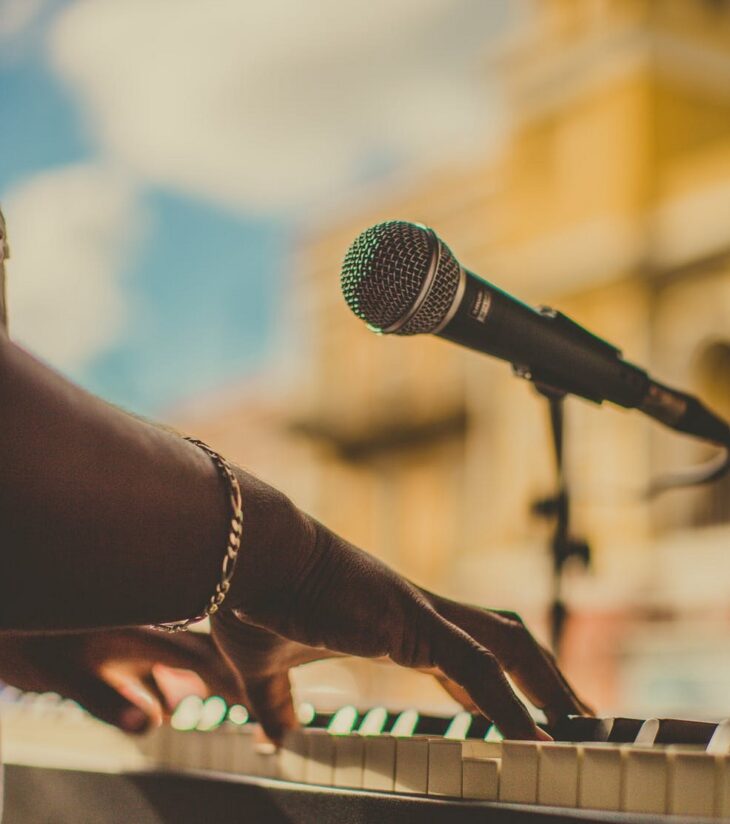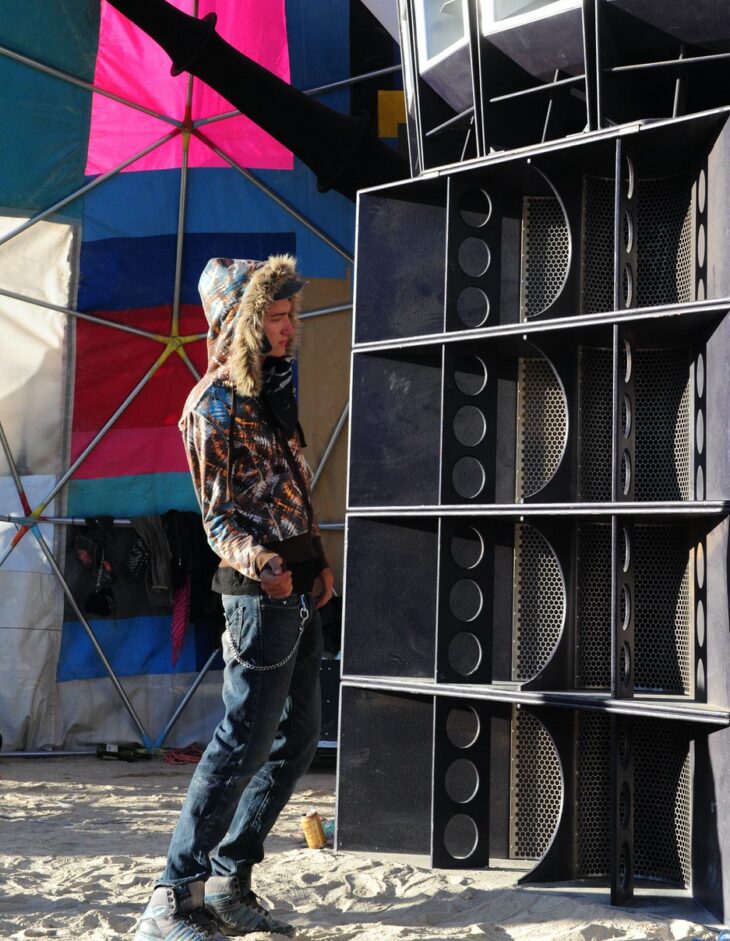If we have to name one thing that makes us tingle and motivates us to do even the impossible things, that would unquestionably be art. It brings and awakes so many emotions, both bad and good ones, and, luckily, we all have some form of art that really moves us. Some enjoy watching some masterpieces from famous artists and can spend hours looking at them and just trying to soak up everything in, while others enjoy making them by painting themselves. But one type of art, or to be more precise, one form of performance art, is what every person on this planet enjoys, and yes, we are talking about music.
Now, every one of us has a favorite song or a favorite music genre, and precisely that diversity of sound is what makes music so special and unique, not to mention that it represents a great way of expressing your feelings. That is why we most usually say when we like some song that it moves us. No matter where you are, you can always listen to your favorite song as the only thing needed is a good internet connection, but listening to songs online and listening to them live are two entirely different things. It’s something about live performances that just enhances the overall experience. Of course, moving lights, the looks of the stage, the hypnotized crowd singing to every tune of the song surely has a great impact.
Even so, all that would not be possible without exceptional sound systems that can grant the best sound quality. Musicians and those responsible for organizing live performance venues are aware of just how much a powerful stage sound system is important, as no matter how good the band or musicians are, it will not sound so great if the sound coverage and its quality are not satisfactory. That is why when setting a stage, picking the best devices and sound systems from renowned companies like Electromarket.co.uk with plenty of experience in making them is always recommended. That’s also a reason why we gathered some tips on how to set up everything perfectly so that it will not affect your performance.

Source: unsplash.com
Contents
Place stage monitors and main speakers correctly
Setting up a stage sound system always starts with positioning main speakers and monitors in a perfect position to make sure that the audience will hear the performance loud and clear. You need to line them up correctly so that there wouldn’t be any unnecessary feedback. The main speakers should be placed at the ear height of the audience because in that way, the sound will travel farther, and the audience will be able to hear better. Avoid placing them too high or too low because it will affect the quality of the sound for the people in the first row. If they are too high, the people in the first row will not hear the sound loud enough, and if they are too low, the sound will be too loud. It is important to minimize feedback, and because of that, subwoofers need to be away from the microphones, and the best position for them is the front of the stage. It is usually enough to have two monitors and place them on the side of the stage, but if you have three of them, the one should be in the back.

Source: pexels.com
Setting the power cabling
Stage sound systems cannot work without electricity, and because of that, it is crucial to connect all the devices properly if you want to have the best possible sound. Use power drops on each side of the stage which will run power cable all the way to the devices and equipment on it. All cables need to be secured with gaffer tape to avoid possible accidents, and we should never set them when the power is on because one small mistake can cause a disaster and ruin the show.

Source: pexels.com
Adding the mixer to the stage
The great thing with the mixer is that we can install it even away from the stage if we have cables long enough to attach mics and instruments to it or use a digital one that can be connected wireless. If you are using cables, you should try to organize them because they will look much better, and it will be much easier for you to find the right one when it is needed. Use the shorter ones or the multi-channel snake when is possible, and wrap the longer ones to prevent accidents because of possible tripping. Many instruments have amplifiers that can be connected directly to the mixer with the line output, or we can place a mic in front of the amp and attach it to the mixer. When it is done, we need to link the mixer to the monitors and main speakers using the proper output.
It may sound complicated, but all we need to do is to connect the mixer’s right output to the speaker on the right side. The subwoofers should be linked with the internal crossover or the pass-thru connection. The last but not less important step is connecting the monitors, which sound need to be perfect because they are crucial for the performers, and they need to be happy with the sound they hear.

Source: unsplash.com
Final thoughts
This guide should help a lot when setting a stage sound system, and even though some advice may look like an obvious thing to do, you would be surprised how many concerts were delayed or canceled due to bad wiring. That is why it’s always best to check everything twice before powering cables up. That, and using audio systems of great quality, is something everyone will only benefit from, as then everything will be about the artists’ performance. Depending on how big the venue is, you can either set for a less or more powerful audio system, and for those who don’t know which one will suit their purposes the best, just visit audioinstallations.co.uk and find everything you may need.
